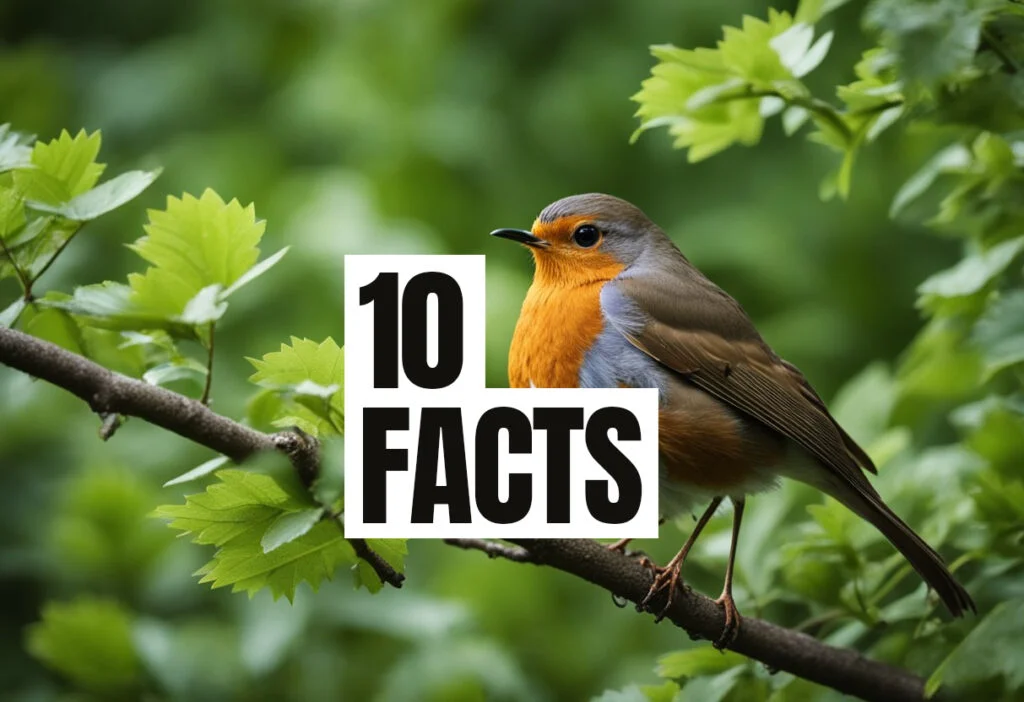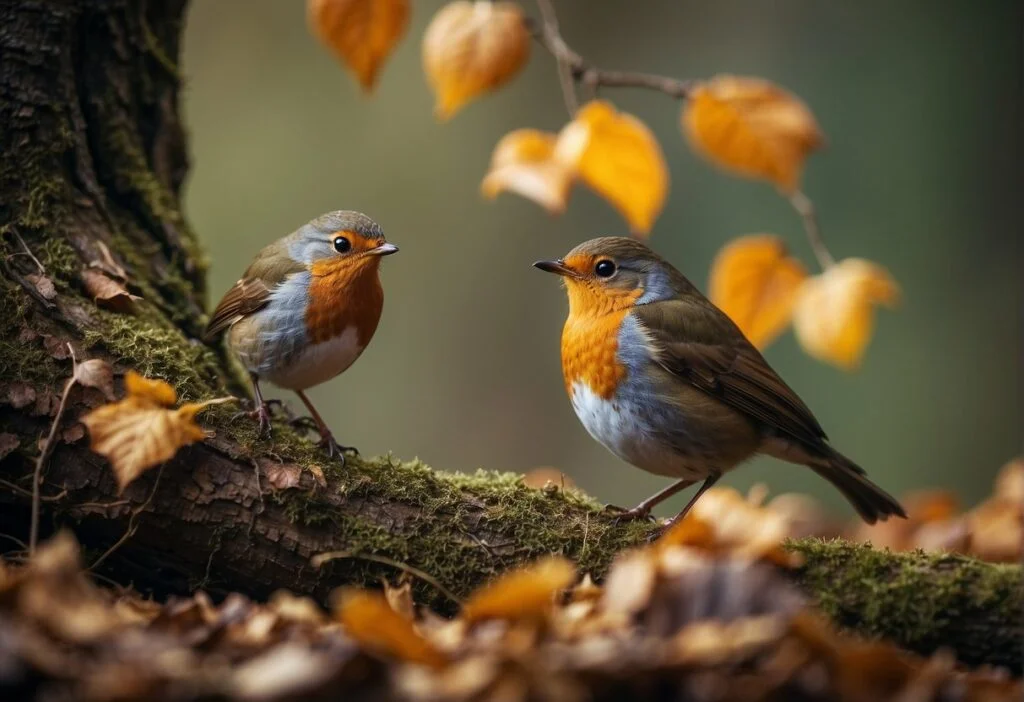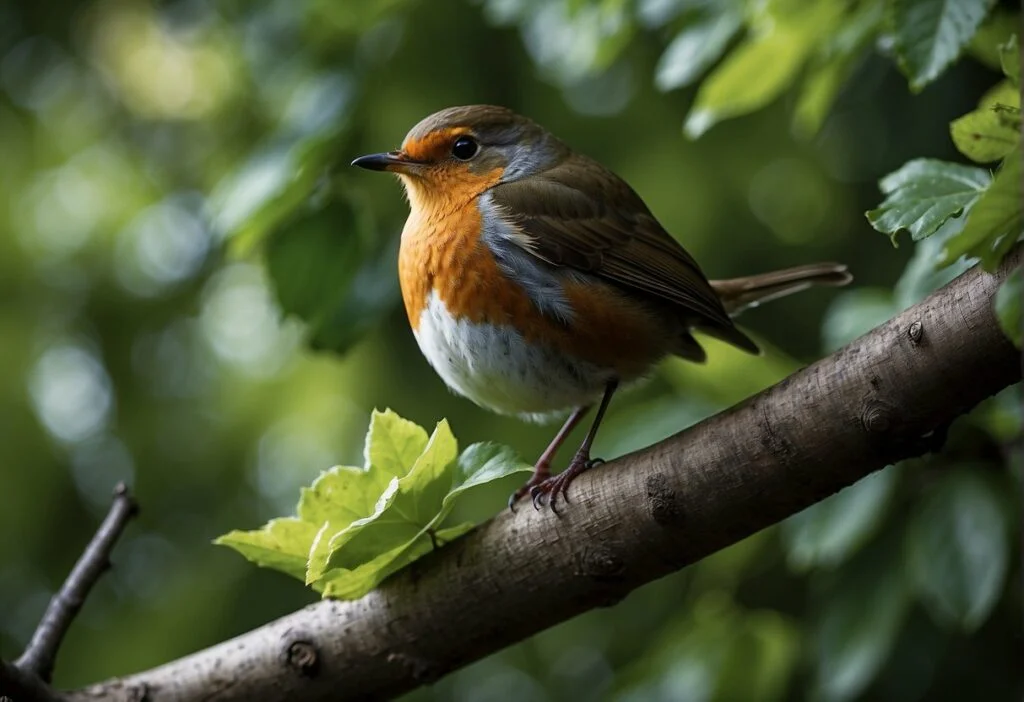Welcome to our in-depth guide on the fascinating world of robins. Robins are among the most beloved and recognized birds worldwide, known for their vibrant plumage and melodious songs. In this guide, we’ll take you on a journey through various robin species, comparing their habitats, diets, sizes, and more. Whether you’re a bird enthusiast or simply curious about these charming creatures, our species comparison table offers valuable insights into the diverse world of robins.

| Species Name | Geographic Range | Habitat | Diet | Size | Nesting Habits | Migration Patterns |
|---|---|---|---|---|---|---|
| American Robin | North America | Urban, suburban, wild | Insects, fruits, berries | 23-28 cm in length | Open nests in trees or shrubs | Migratory, short distances |
| European Robin | Europe, Asia | Woodlands, gardens | Insects, worms, seeds, fruits | 12.5-14 cm in length | Cup-shaped nest in dense shrub | Resident, some migrate |
| Japanese Robin | Japan, Eastern Asia | Forests, mountains | Insects, spiders, seeds | 14-15 cm in length | Nests in cavities or on ground | Partially migratory |
| Indian Robin | Indian subcontinent | Open scrub, urban | Insects, worms, berries | 15-16 cm in length | Nests in cavities or walls | Largely resident |
| Oriental Magpie-Robin | South and Southeast Asia | Forests, urban areas | Insects, worms, small vertebrates | 19 cm in length | Tree holes or building ledges | Mostly resident |
| Rufous-backed Robin | Mexico, Southwest USA | Wooded canyons, oases | Fruits, berries, insects | 20-24 cm in length | Nests in trees or shrubs | Partially migratory |
American Robin (Turdus migratorius)
The American Robin, a symbol of spring in North America, thrives across urban and wild landscapes. Renowned for its reddish-orange breast and cheerful song, it has a varied diet of insects, fruits, and berries. Learn more about the American Robin’s migration patterns and nesting habits in our detailed profile.
European Robin (Erithacus rubecula)
A favorite in European folklore, the European Robin is easily recognizable by its bright orange-red face and breast. Preferring woodlands and gardens, this species has a diverse diet ranging from insects to fruits. Discover the unique aspects of its behavior and why it’s a year-round resident in many regions.
Japanese Robin
The Japanese Robin, native to East Asia, is known for its melodious song and striking appearance. It primarily inhabits forested areas and feeds on a diet of insects and berries. This species is admired for its vibrant plumage and elusive nature.
Indian Robin
The Indian Robin, found predominantly in the Indian subcontinent, is recognized by its distinctive dark color and white shoulder patches. Adaptable to both urban and wild environments, it primarily feeds on insects. This bird is notable for its energetic behavior and distinct call.
Oriental Magpie-Robin
The Oriental Magpie-Robin, widely distributed in South and Southeast Asia, is celebrated for its sweet song. This species, often found in open wooded areas, has a diverse diet that includes insects and fruit. The bird is also known for its black and white plumage, making it a visually striking species.
Rufous-backed Robin
The Rufous-backed Robin, primarily found in parts of Mexico and the southwestern United States, is recognized for its rufous-colored back and contrasting grayish front. Inhabiting wooded areas, it feeds on a diet of fruits and insects. This species is known for its beautiful singing and migratory habits.




